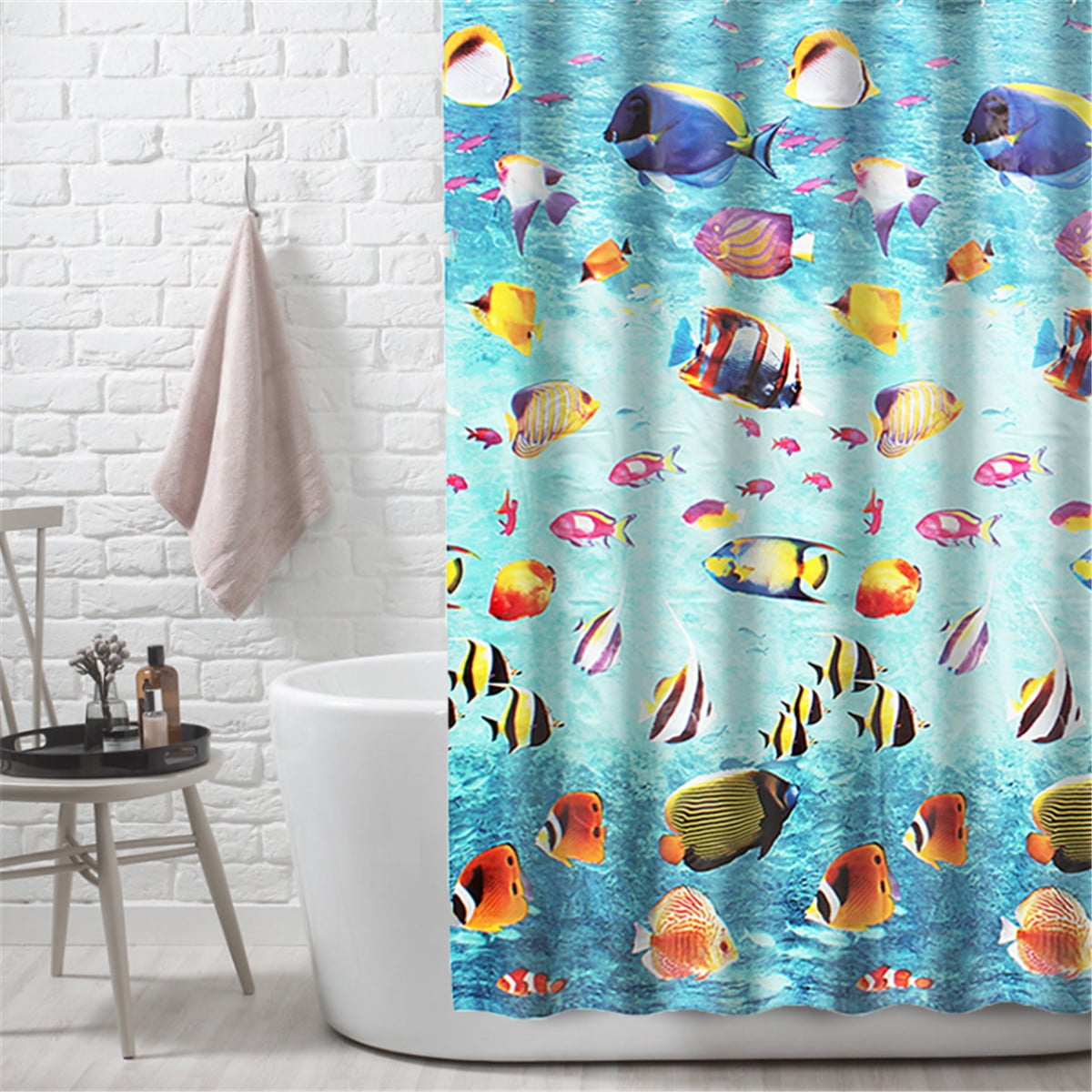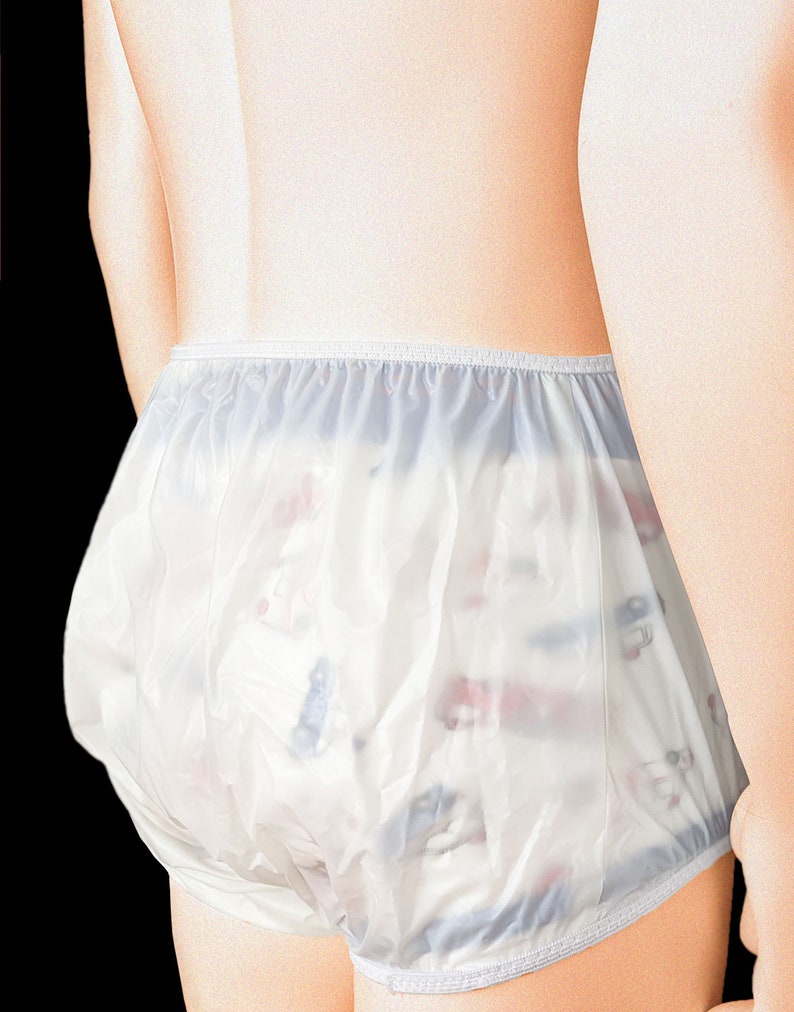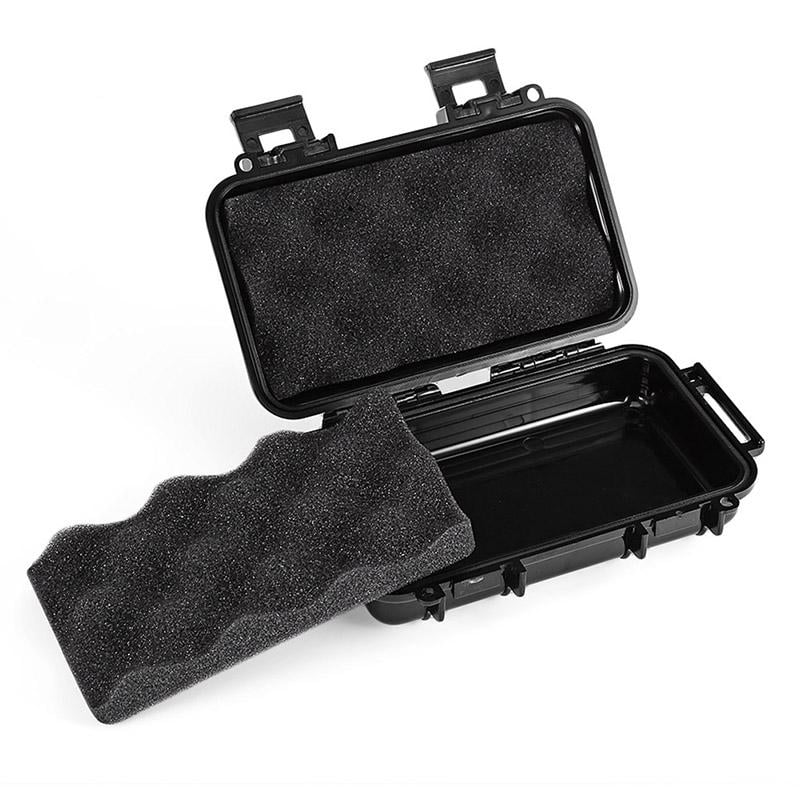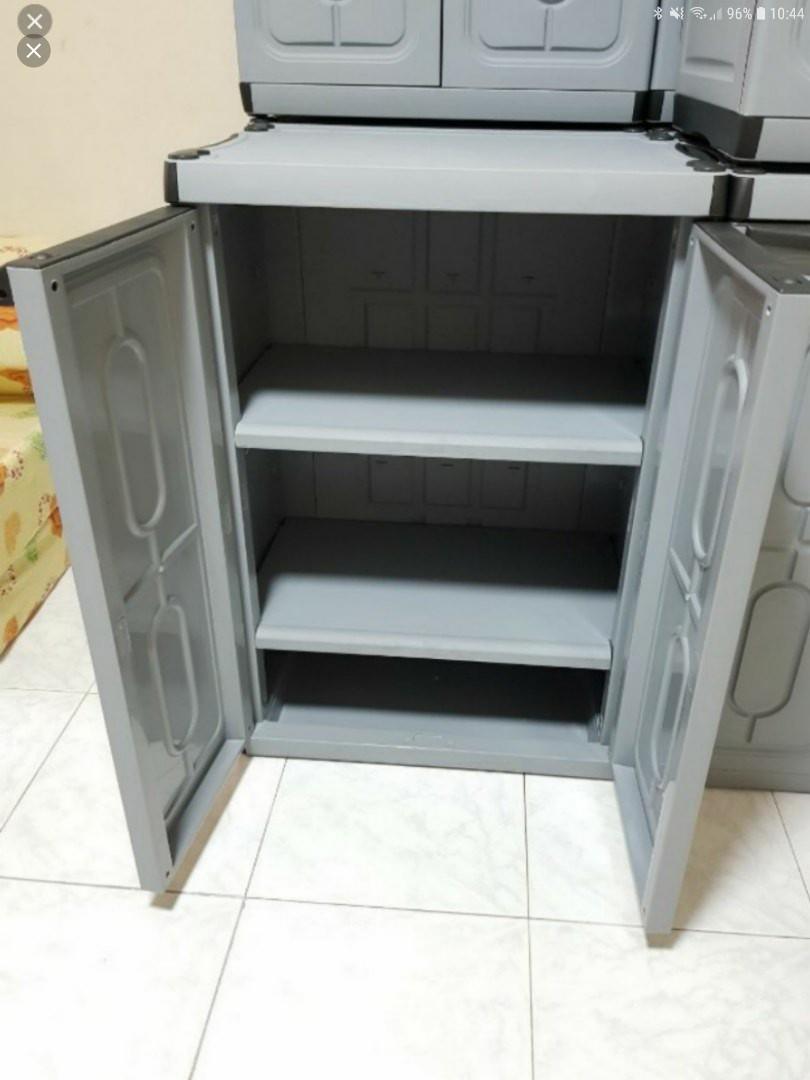Is Acrylic Paint Waterproof On Clothes Vinyl-coated synthetic fiber mesh is also referred to as PVC mesh or slingable fabric. It is often used for sling-type outdoor chairs, whose fabric -- not the frame -- supports your weight. Other fabrics, such as solution-dyed acrylic, printed polyester and printed acrylic outdoor fabrics, are not strong enough to cover these types of chairs. They make a durable, easy-to-clean, colorfast and strong outdoor fabric that doesn't promote mildew growth.
Big Z Fabric is proud to introduce our new Solution Dyed Acrylic Waterproof Outdoor Canvas Fabric to our fine line of fabrics. This fabric is a new range of waterproof and sun proof fabric specially developed for indoor and outdoor use. The composition of this material is made up of solution dyed acrylic fabric weighing at an approx 320gsm. This waterproof canvas fabric is perfect for all types of indoor and outdoor use. This crease resistant fabric is very durable and versatile.
Use for awnings, chair pads, backpacks, cushions, toss pillows, tote bags, heavy duty travel accessories, patio furniture, boat covers and more. Acrylic paint doesn't always dry in a waterproof finish, but you can try using fabric medium to seal your project. Fabric medium is a mixture of acrylic paints and solvents that changes the paint's properties.
It should be applied like a wash over the surface of the fabric before painting on it, then it will help preserve the dried acrylics for longer periods of time. Another example of a coating-based outdoor fabric is acrylic-coated polyester, commonly used for boat covers, grill covers, outdoor umbrellas, and awnings. This material tends to be durable and highly water-resistant. However, these coated products are not very breathable which can lead to mold and mildew issues and the coating itself is prone to fading after extended UV exposure. These fabrics also have very limited color availability.
However, there were issues with this approach; the acrylic painted canvas tended to shrink while the vinyl-coated canvas typically did not hold its color well. Point North Profabrics, the UK's largest range of outdoor, technical, marine fabrics, mesh and accessories for making outdoor clothing and equipment. We stock waterproof fabrics in many different weights, colours and coatings allowing you to choose the ideal material for your project. Our range of marine fabrics includes UV resistant acrylic canvas, sailcloth, spinnaker and PVC for covers. Additionally we keep a selection of fasteners and deck fittings, all of which are designed specifically for harsh marine conditions.
If you want to dye fabric, one of the easiest ways is with acrylic paint and fabric medium as opposed to more expensive enamel fabric paints. This method of coloring fabric doesn't work well to achieve dark colors but is great for watercolor-like effects and tie-die. Simply mix 1 part acrylic paint, 1 part fabric medium and 7 parts water. Let the paint soak into the fabric for two hours in the acrylic paint wash, wring out any excess water and hang the wet fabric up to dry. Use can also you this same mixture in a spray bottle to create a sprayed-on effect.
Olefin is a manmade fiber that is typically used along with other fibers to create outdoor fabric blends. It is often used in outdoor furniture and for a variety of other applications, including house wrap, marine coverings and clothing. Depending on its chemical structure, olefin may also be referred to as polyethylene or polypropylene. It is manufactured in a similar manner as polyester and nylon. The chemicals used are melted and fed through a shower-head-like device called a spinneret head to form long fibers.
Olefin typically has a smooth texture and is usually solution-dyed. It is a durable fabric that dries quickly and resistant to weathering, chemicals, stains and mildew. Acrylic is used as a base for many outdoor fabrics because of its durability and resistance to wrinkling, fading, and mildew growth.
Polyester shares may of these properties, and the use of both fabrics in one material makes a durable outdoor fabric. To make acrylic-coated polyester, the fabric threads are woven first and then the material is dipped into an acrylic coating to color it. This fabric is also available in cotton-polyester blends, which typically have a more appealing appearance. Acrylic-coated polyester and cotton-polyester blends are typically used to make boat and car protectors but may also be used as patio umbrellas and awnings. You can use just about any fabric with acrylic paint and fabric medium but you want to pick something fairly durable so it holds up to washing.
I like to use upholstery fabrics and you can find small amounts for paint projects like this in the fabric links in the supply list above. Sometimes fabric stores will have bins of materials that are samples. Depending on your project size, you might be able to score some really nice upholstery fabric this way. Most importantly, it makes the painted fabric permanent after washing no matter if you're painting on cotton fabrics, poly-cotton blends or other fabric types.
The main ingredients in fabric medium are water-based binders which make your paint more flexible and workable no matter the fabric use. It will easily interlock between the fabric fibers to make a web of paint that won't crack or flake off on most fabric types. Also, fabric medium helps to retain the depth of pigments so you can enjoy the same vibrant colors even after several washes. Selecting a fabric for your outdoor awning is difficult. You want to strike just the right balance between aesthetics and functionality — and our recommendation for achieving that balance is solution-dyed acrylic.
It has bright, fade-resistant colors while offering durability, mold and mildew resistance, and easy maintenance over its long life. You can even find awning fabrics to provide protection against cancer-causing UV rays. You can find awnings made of canvas or covered cloth, but none of them offers the combined beauty and long life of solution-dyed acrylic.
Dickson awning fabrics, are imported from France and are also made from solution-dyed acrylic fibers, making them fade resistant. In addition to the bright colors, these fabrics are UV, water, and stain-resistant. They are also easy to maintain, resistant to mold, and extremely durable with excellent tear resistance.
Canvas is a strong, heavy-duty outdoor fabric used to make sails, tents, backpacks, tarps and even canoes. Modern canvas fabrics may be made from a variety of materials but are usually made using cotton or linen. Canvas is also a generic terms used to describe a variety of outdoor fabrics, including polyester, acrylics and blends of these materials. Mold and mildew are a major drawback of cotton or linen-based canvas fabrics because many true canvas materials are made of natural fibers. For the process to work, you apply heat into the fabric.
The textiles fibers absorb the fabric paint more quickly, and the paint seals to provide a protective finish. The textile medium from Delta Creative is easy to mix with acrylic paint to create wearable, washable fabric paint. It penetrates fabric fibers to lock the paint in permanently, keeping the colors from running or bleeding.
When it dries, the paint becomes flexible enough for machine washing. The fabric medium you choose may depend on the paint you plan to use. For example, an acrylic fabric medium is a liquid acrylic polymer emulsion that mixes with regular acrylic paints to produce a softer feel. Originally, most fabrics used for boats were made of canvas, a tightly-woven, cotton-based material that is durable and often water resistant.
Over the past 100 years, though, synthetic fibers, composed of polymers, have largely replaced traditional canvas. Acrylic Paints are sometimes referred to as "watercolor" paints because they are a water-based paint; however, traditional watercolors are not created using acrylic paints. With their permanent properties, they can be painted on fabric and then machine washed without damaging them. Fabric medium helps the paint become more flexible after it dries, allowing it to move and bend with the material.
Without the medium, regular acrylic paint may crack or peel. You could skip the medium for projects like art pieces or decorations. PUL is a polyester fabric with a plastic backing coated with a thin waterproof /water resistant coating. We can guarantee the above information because we can call ourselves the online European market leader in outdoor fabrics and boat acrylic. Because of our reputation and customer appreciation, we do not want any complaints.
Therefore, we have selected the very best brands and their AAA quality boat canvas for our marine waterproof fabrics. We started our range with Sunbrella Plus - to everyone's satisfaction. Then we were able to add the internationally renowned maritime brands Docril and Sauleda to our wide range. We supply these acrylic fabrics from 10 centimetres and at the lowest prices available.
Click here for our product overview of acrylic fabrics. On its own, acrylic fabric is not resistant to abrasion. Because of this, acrylic fiber is often blended with more resilient fibers to create a more durable product. Needless to say, the product lifespan of acrylic fabric clothing is not considerably long. Then it enters the landfill, where acrylic fabric can last up to 200 years and release toxic chemicals into the environment on its long journey to decomposition. So if nothing else, wear biodegradable clothing to save face with your heirs.
Additionally, acrylic fibers have really good moisture wicking properties. They are often spun together with natural wool, in order to increase the water resistance of the wool. And that's why most acrylic products you see are garments for cold and wet weather – the properties of the material thrive in those conditions.
Fabric paint only works on natural fabrics, whereas acrylic paints work on both natural fabric and synthetic fabric. Acrylic paint is more versatile than fabric paint, as it is compatible with all kinds of fabrics and clothes. The acrylic used in boat tops is typically the solution dyed variety, in which the component parts of the fabric are pre-dyed and pre-coated. As a result, acrylic fabric often ends up being more expensive. You can use the same process above to apply acrylic paint and fabric medium to clothes.
I would just be careful when washing it clothes without a tight weave and use lower washer and dryer settings.. When painting with acrylic paint, the paint is not waterproof and tends to stain when it dries and especially when any oil from human skin gets on the fabric. When the paint dries, it becomes a hard film that is resistant to water and soap. Even then, there are still chances that some parts of the paint will not be removed from fabrics even after so many attempts. Allow for plenty of dry time in a safe, well-ventilated area. Because acrylic paint is water-based, it is easy to wash off if the paint is still wet.
Make sure your work is dry completely before washing. Air dry if you use fabric paint or heat-set acrylic paint for longevity. Acrylic is made from Acrylonitrile, a colorless flammable liquid that is derived from polypropylene plastic. It is combined with other chemicals and placed into a spinning solution. The mixture is then either injected into air-filled space and dry spun or sprayed into water and wet spun.
At this stage, the fibers are either long and continuous "tow" fibers or they are short "staple" fibers like wool or cotton. Both types of acrylic fiber can be woven into fabric, resulting in a different look. Acrylic is breathable which means awnings made from acrylic fabric are water resistant – not waterproof.
Even though the plastic fibers themselves repel water, the fabric woven from them is not wholly waterproof. Once the acrylic fiber is washed, dried, and cut, it is ready to be spun into thread. The threads are then woven into fabric, with acrylic fabric as the end result. It's common that acrylic fiber and acrylic threads be woven with other types of fiber to create what's called a 'blend'.
This is usually done as a cost cutting measure, since synthetic fibers are often cheaper than natural fibers. So if you see a shirt advertised as a 'cotton-blend' or 'wool-blend', it isn't just cotton or wool, there's another fiber in the mix. Because the fabric is dyed all the way through, this type of fabric is highly resistant to fading . The resulting fabric is much softer to the touch than coating-based fabrics, and highly resistant to water, mold, mildew, and dirt due to the added protective finish. The RECwater® canvases are made of solution-dyed acrylic fibers with PVC coating on one side, which makes it absolutely waterproof. The PVC coating is colored to match the color of the acrylic, making it possible to combine the elegance of the acrylic fabric with PVC's waterproof performance.
Acrylic fabric is lightweight, warm, and soft to the touch. Because of these properties, acrylic is not a good material for clothes. It is usually blended with natural wool fibers or used to mimic wool not for its properties, but for manufacturers to save money on cost of materials. Synthetics like acrylic and polyester composites are now the major fibers used in the production of marine fabrics. Both are significantly more durable than traditional, natural fabrics. They can stretch more effectively, offer better waterproofing, and are easier to clean.
When properly treated, they provide UV resistance, which prevents fading. Water-resistant acrylic awnings are those made from materials combining acrylic with something else. For example, you have awnings made from polyester-coated acrylic, blends of cotton and polyester coated with acrylic, and more. These combinations leverage the acrylic's water resistance, but not to a point where they become waterproof.
There are several fabric mediums on the market but the Delta Fabric Medium is the only one that can be mixed with any brand of acrylic paint. Paints mixed with the Delta Fabric Medium hold up to washing time and time again. Also, I haven't seen any color fading as the medium is very opaque.






























No comments:
Post a Comment
Note: Only a member of this blog may post a comment.